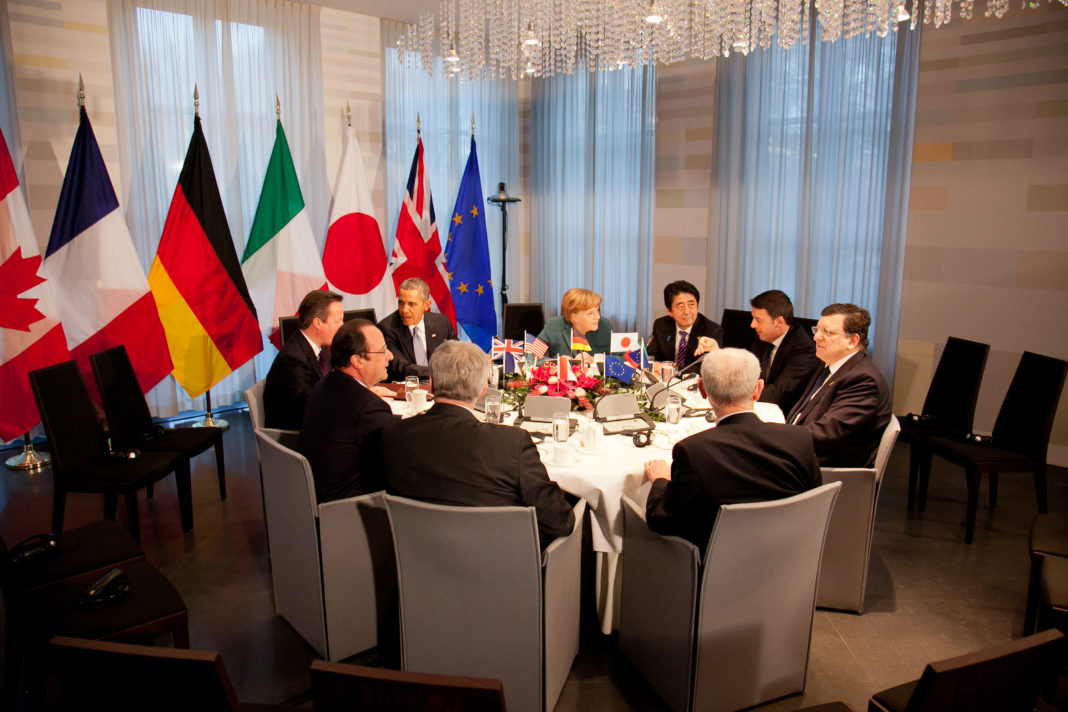A new $600 billion Global Infrastructure and Investment fund was announced at the G7 Leaders’ Summit in Schloss Elmau this week, in a bid to help support the infrastructure needs of low-and middle-income countries – as well as deepen economic ties with growing global economies – in what is being seen as a rival to China’s Belt and Road plan.
The Summit comes as many of the G7 leaders are grappling with deep political crises back in their home countries, in addition to facing huge global macroeconomic challenges. The ongoing Russian invasion of Ukraine has also, understandably, dominated the Summit’s focus.
But keen to also offer a vision that is forward-looking, Biden and the other G7 leaders announced that the new funding will be aimed at projects tackling the climate crisis, bolstering global energy security, as well as developing and deploying digital networks and infrastructure.
President Biden said that what the G7 is doing is “fundamentally different” because it is grounded in the “shared values” of the countries represented at the Summit, and that the funds will be distributed with global best practices, transparency, partnership, and protection for labor and the environment.
China’s similar Belt and Road plan, which is a multi-trillion-dollar infrastructure initiative that was announced in 2013 and provides financing to emerging economies to build ports, roads, and bridges, has been criticized for targeting countries with too much debt.
Details of the project
The Partnership for Global Infrastructure aims to bring together hundreds of billions of dollars to deliver quality, sustainable infrastructure that makes a difference in people’s lives in emerging economies, but also strengthens the supply chains and creates new opportunities for organizations across the G7.
The Partnership has four key focus areas, which include:
- Developing, expanding, and deploying secure information and communications technology (ICT) networks and infrastructure to power economic growth and facilitate open digital societies – from working with trusted vendors to provide 5G and 6G digital connectivity, to supporting access to platforms and services that depend upon an open, interoperable, secure, and reliable internet and mobile networks with sound cybersecurity.
- Tackling the climate crisis and bolstering global energy security through investments in climate resilient infrastructure, transformational energy technologies, and developing clean energy supply chains across the full integrated lifecycle.
- Advancing gender equality and equity – from care infrastructure that increases opportunities for economic participation by women, to improved water and sanitation infrastructure that addresses gender gaps in unpaid work and time use – in order to boost the global economic recovery by ensuring that half the population is not forced to sit on the sidelines.
-
Developing and upgrading the infrastructure of health systems and contributing to global health security through investments in patient-centered health services and the health workforce; vaccine and other essential medical product manufacturing; and disease surveillance and early warning systems, including safe and secure labs.According to diginomica.com. Source of photo: internet















